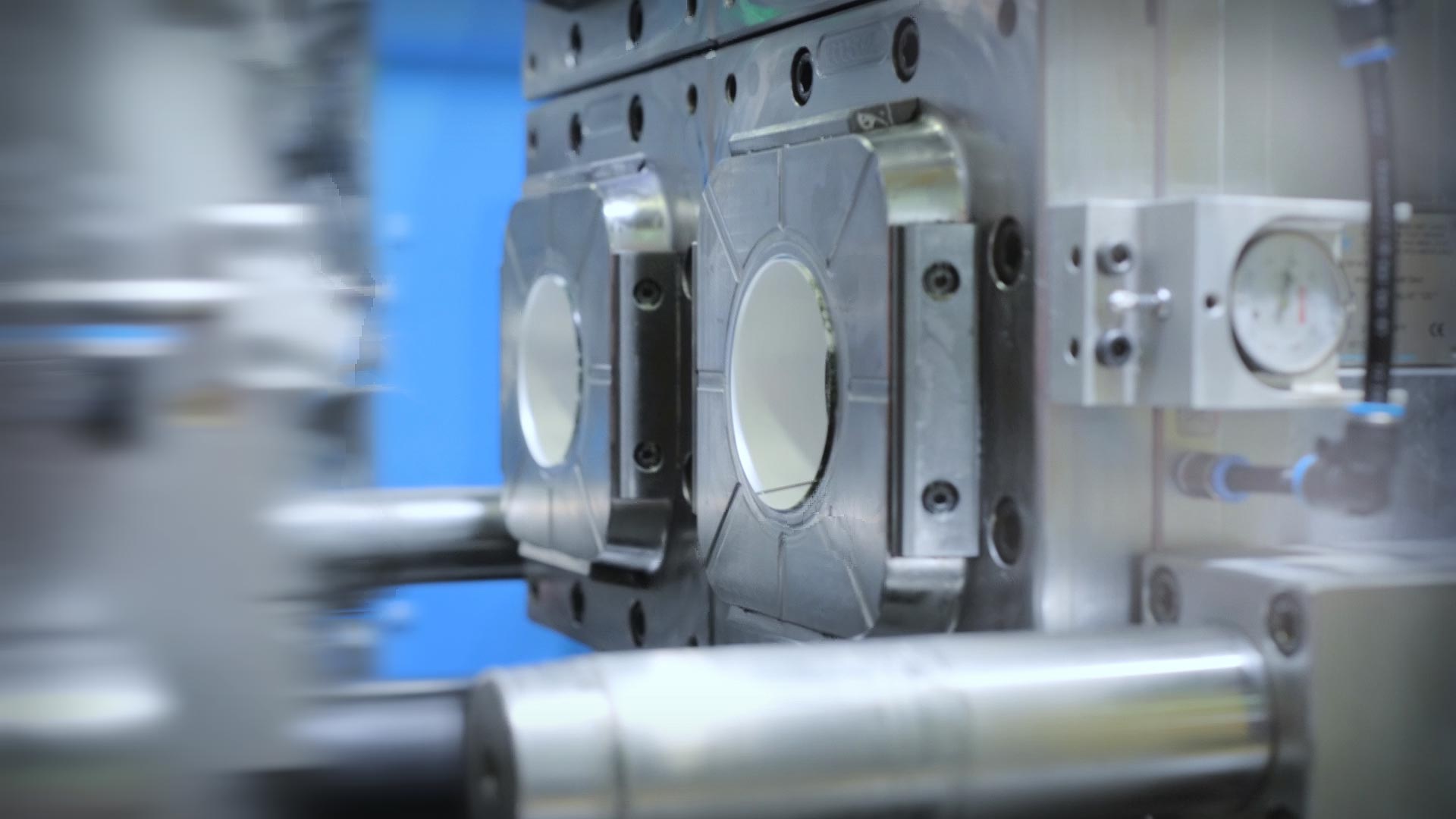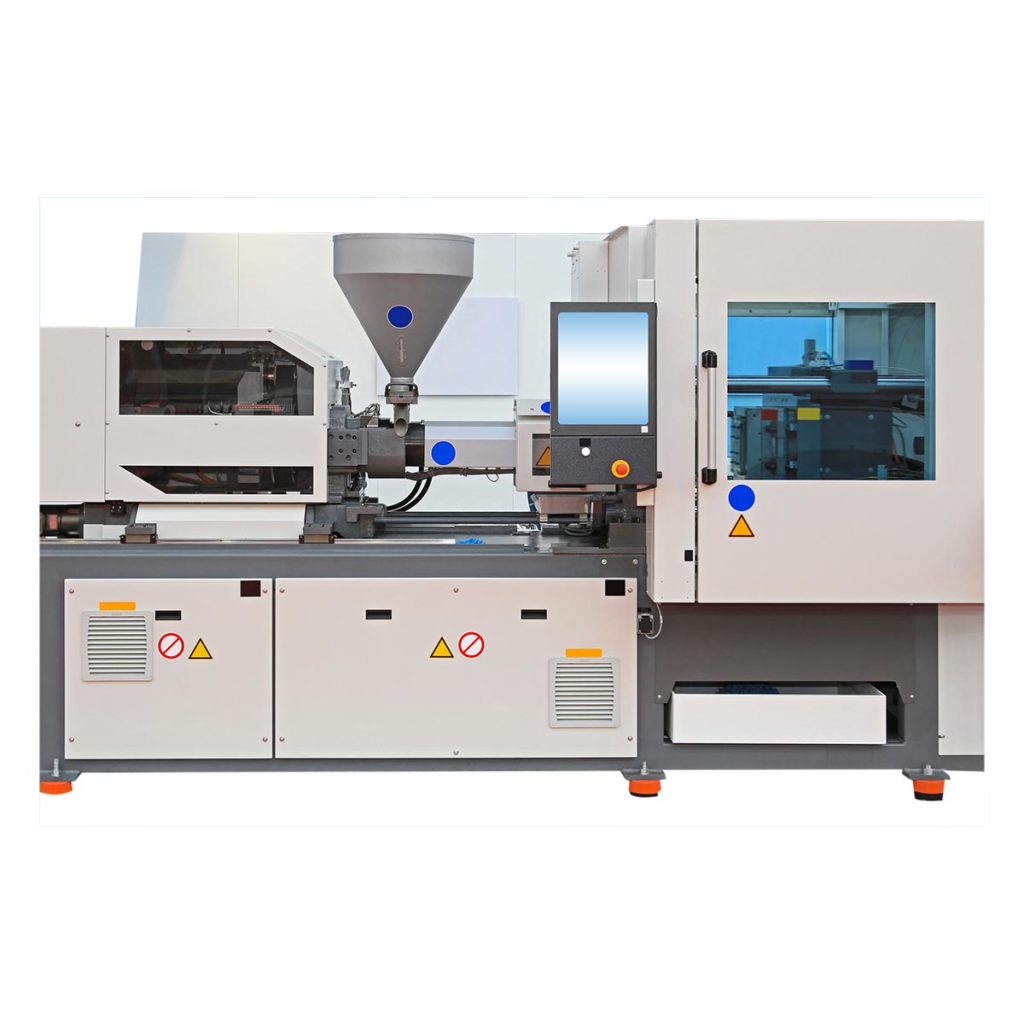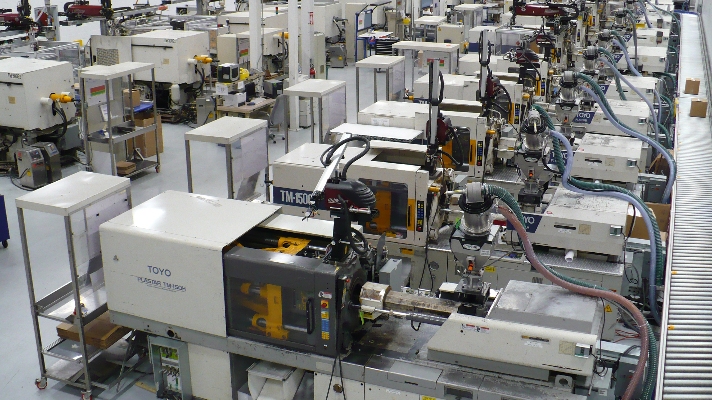The Effect of Plastic Injection Molding on Decreasing Manufacturing Costs and Waste
The Effect of Plastic Injection Molding on Decreasing Manufacturing Costs and Waste
Blog Article
Comprehending the Fundamentals of Plastic Injection Molding Procedures
Plastic injection molding functions as a cornerstone of contemporary manufacturing, offering a systematic technique to producing complicated parts with precision. This procedure not only includes the essential steps of melting and infusing materials into molds but additionally includes a nuanced understanding of different influencing variables, such as temperature and pressure. As markets significantly require performance and quality, the ins and outs of this methodology come to be a lot more crucial. Checking out these crucial components might reveal exactly how even minor adjustments can bring about considerable enhancements in manufacturing results, increasing inquiries regarding the possibility for development in this well-known procedure.
What Is Plastic Shot Molding?
Plastic injection molding is a commonly made use of production procedure that transforms polycarbonate and thermosetting products into exact and intricate forms. This technique is favored for its capacity to create high volumes of similar components with phenomenal accuracy, making it a crucial technique in numerous markets, consisting of auto, consumer items, and medical gadgets.
The procedure entails thawing the chosen plastic material and infusing it right into a mold and mildew under high stress. The mold and mildew, designed to the requirements of the desired part, allows the molten plastic to take shape as it cools down and strengthens. As soon as the material has actually solidified, the mold is opened, and the completed component is expelled.
Plastic injection molding offers several advantages, including decreased waste, consistency in manufacturing, and the capability to incorporate intricate styles that may be challenging with other making methods. In addition, it sustains a broad series of materials, each supplying special buildings that can be customized for certain applications. As sectors continue to introduce, plastic injection molding continues to be at the center, allowing the development of innovative products that fulfill advancing consumer needs.
The Shot Molding Refine
The injection molding procedure is an advanced strategy that involves a number of vital phases to generate high-grade plastic elements. Originally, plastic pellets are fed into a heated barrel where they are thawed into a viscous fluid. This molten plastic is after that infused under high pressure into a precision-engineered mold and mildew, which forms the product into the preferred kind.
Once the mold and mildew is loaded, the plastic is permitted to solidify and cool, taking the form of the mold and mildew dental caries. Cooling time is important, as it affects the cycle time and the last homes of the shaped part. After sufficient cooling, the mold and mildew opens, and the completed part is expelled making use of ejector pins.

Products Used in Shot Molding
Different materials can be used in the shot molding process, each offering special residential or commercial properties that cater to particular applications. One of the most generally used materials include thermoplastics, thermosetting plastics, and elastomers.

Thermosetting plastics, like epoxy and phenolic materials, undertake a chemical modification during the healing procedure, resulting in an inflexible, inflexible structure. These materials are suitable for applications needing high heat resistance and architectural stability, commonly used in electrical insulators and auto parts.
Elastomers, consisting of silicone and rubber-based products, supply flexibility and durability. Their unique properties make them appropriate for applications that require elasticity, such as seals and gaskets.
In addition, specialized products like bio-based plastics and composites are getting traction for their environmental advantages and boosted performance qualities, broadening the linked here extent of injection molding applications in numerous sectors. Recognizing the homes of these products is crucial for picking the ideal kind for details tasks.
Advantages of Injection Molding
Shot molding sticks out as an extremely effective production process that offers many benefits for generating complicated get rid of precision. Among one of the most considerable advantages is the capacity to create intricate layouts that would certainly be impossible or difficult to attain with various other techniques (Plastic Injection Molding). The process enables for tight tolerances and comprehensive functions, ensuring top notch elements
In addition, injection molding is known for its rapid manufacturing capacities, making it a perfect selection for high-volume production. As soon as the mold is created, parts visit this site right here can be created quickly, decreasing lead times and raising total productivity. This performance not just reduces production expenses but likewise provides an one-upmanship in the marketplace.
The adaptability of materials made use of in shot molding further boosts its charm. A variety of thermoplastics and thermosetting polymers can be used, enabling producers to select products that best meet their certain needs, consisting of flexibility, toughness, and warmth resistance.
In addition, the process minimizes waste, as excess material can frequently be reused and recycled. This sustainability aspect adds to a decreased environmental influence, making shot molding a responsible production option. Generally, the benefits of injection molding make it a recommended approach for many sectors.
Elements Affecting Item Quality
While numerous variables can affect item top quality in shot molding, recognizing these aspects is important for achieving optimal results. Key aspects include product selection, processing specifications, and mold and mildew style.
Product option plays a crucial duty, as different polymers display special homes that impact flowability, toughness, and thermal security. Inadequate product selection can cause defects such as bending or incomplete filling.
Handling parameters, including pressure, temperature, and cycle time, need to be thoroughly managed. Variants in these setups can lead to incongruities partially measurements and surface area coating. Excessively high temperatures might trigger deterioration of the polymer, while insufficient stress can result in brief shots.
Mold design is equally important, as it determines the flow of the molten plastic and the cooling procedure. Poorly designed molds may result in irregular cooling rates, causing recurring stress and anxieties and dimensional errors.

Final Thought
Finally, plastic injection molding functions as an important manufacturing process that allows the effective production of high-grade parts. Proficiency of the injection molding process, including the understanding of materials and the influence of numerous factors on product top quality, is necessary for attaining ideal outcomes. The benefits of this technique, such as cost-effectiveness and design versatility, further underscore its value across multiple markets, strengthening its status as a favored selection for high-volume production.
Plastic injection molding offers as a foundation of contemporary production, providing a methodical strategy to producing complicated parts with precision.Plastic injection molding provides several advantages, consisting of minimized waste, consistency in manufacturing, and the ability to include complex styles that might be testing with various other producing methods (Plastic Injection Molding). As markets continue to innovate, plastic injection molding remains at the center, allowing the growth of innovative products that fulfill progressing consumer needs
The injection molding process is a sophisticated method that involves a number of vital phases to produce high-quality plastic parts.In conclusion, plastic shot molding serves as a critical manufacturing procedure that enables the effective manufacturing of top quality parts.
Report this page